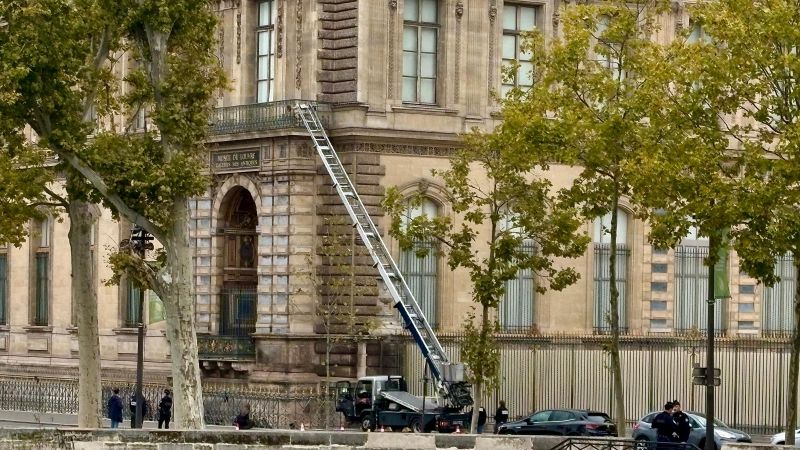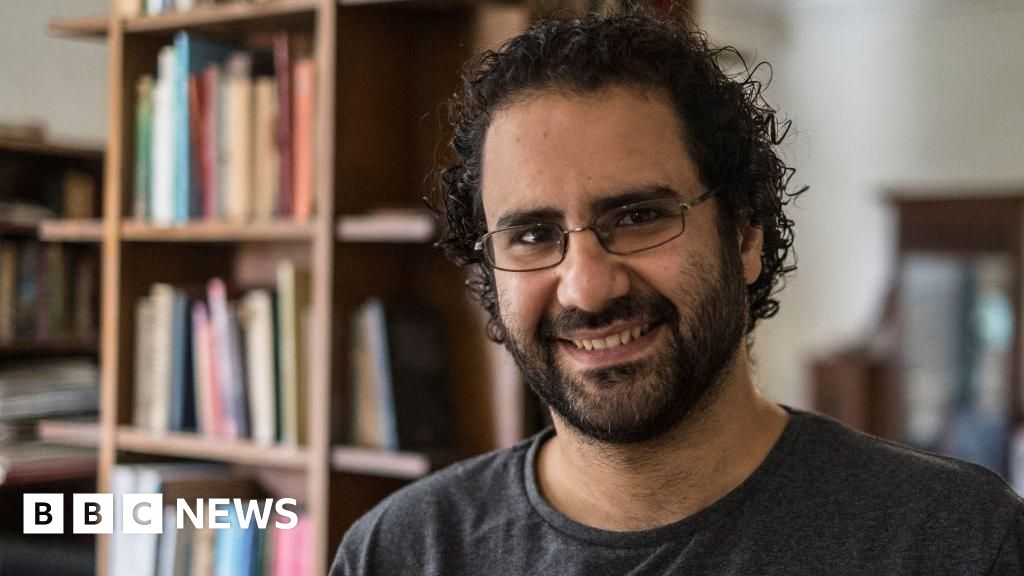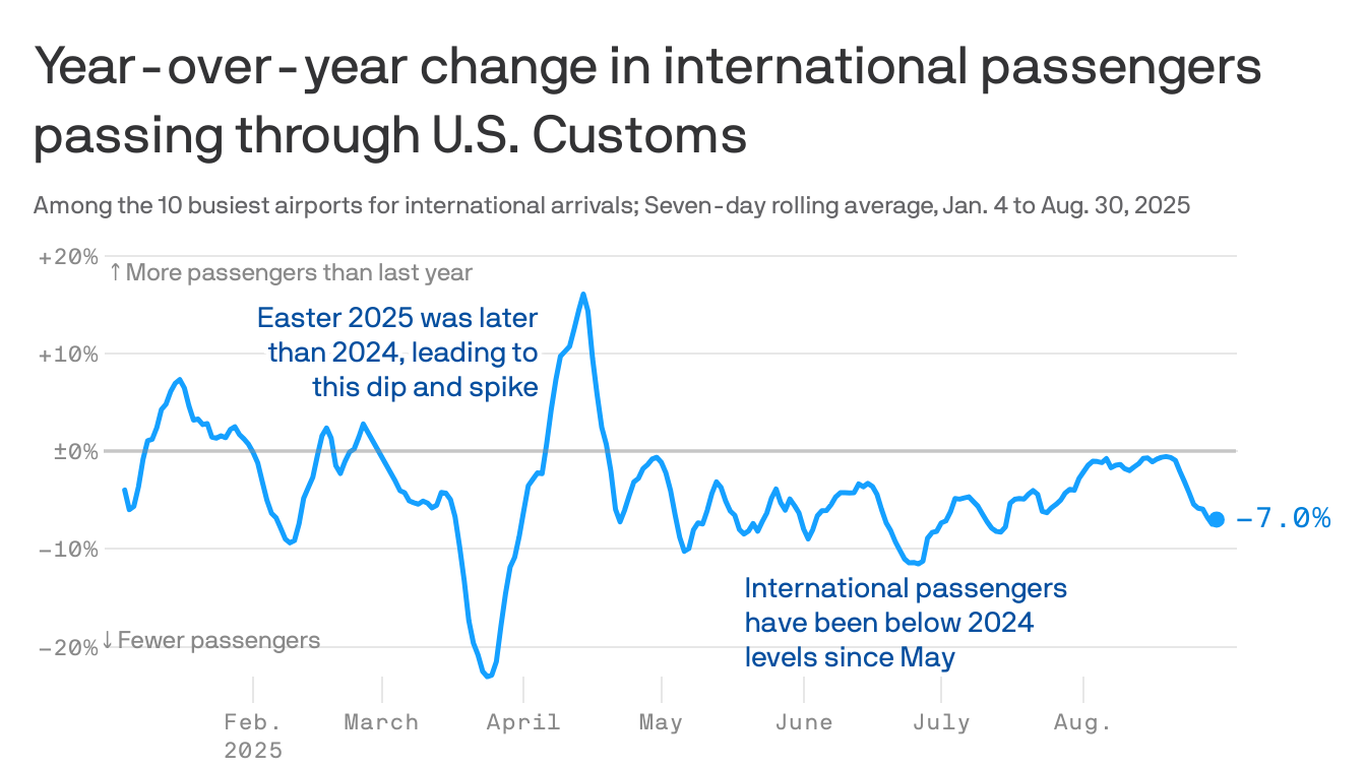Pharaoh-Worthy Debut: Grand Egyptian Museum Opens Near the Giza Pyramids
Pharaoh-Worthy Debut
Egypt has unveiled the Grand Egyptian Museum, a monumental tribute to its ancient civilization and the largest museum of its kind globally. Situated near the iconic Giza Pyramids, the museum’s grand opening marks a pivotal moment for the nation, blending historical pride with modern ambition. Visitors are greeted by a majestic entrance hall, setting the tone for an immersive journey through Egypt’s storied past.
World-Class Experience
Boasting dozens of halls equipped with cutting-edge technology, the museum showcases thousands of artifacts, including treasures from Tutankhamun’s tomb. The project, hailed as the “project of the century,” is designed to elevate Egypt’s tourism industry and support its economy. While the official public opening date is still pending, limited tours are already offering a glimpse of the Grand Hall and surrounding gardens.
Future of Heritage
The Grand Egyptian Museum promises to become a global cultural landmark, drawing millions to explore Egypt’s legacy in unprecedented detail. Its inauguration is not just a celebration of history, but a bold step toward a vibrant future for Egyptian heritage and tourism.
About the Organizations Mentioned
Grand Egyptian Museum
The **Grand Egyptian Museum (GEM)**, located in Giza near the Pyramids, is the world’s largest museum dedicated to a single civilization, showcasing Egypt’s ancient history spanning over 7,000 years. It was conceived in the early 1990s and officially launched in 1992 by then-President Hosni Mubarak to replace the aging Egyptian Museum in Cairo and consolidate Egypt’s vast archaeological treasures into a state-of-the-art facility[1][2]. The museum’s design was selected through a global competition won by Ireland’s Heneghan Peng Architects in 2003. Construction started in 2005 but faced significant delays due to environmental, financial, and political challenges, including the Arab Spring and subsequent instability which stalled progress for years[2]. Despite these setbacks, the GEM represents a $1 billion investment, featuring a massive 490,000 square meter complex that includes modern conservation labs, exhibition halls, and public spaces[3][4]. GEM houses over 100,000 artifacts arranged in 12 chronological halls covering all major eras of ancient Egyptian history—from prehistoric times through the Pharaonic dynasties to the Greco-Roman period[1]. One of its headline attractions is the complete collection of King Tutankhamun’s treasures, which will be relocated from the Egyptian Museum in Tahrir Square during the museum’s full opening scheduled for July 2025[3]. Since a partial opening in October 2024, the museum has welcomed around 1.5 million visitors, averaging 4,000 daily, showing strong public interest[1]. The museum not only serves as a cultural and historical landmark but also as a technological marvel, employing advanced preservation techniques and interactive displays to enhance visitor engagement and artifact conservation[4]. For business and technology audiences, GEM represents a fusion of heritage preservation with cutting-edge museum design and large-scale project management, highlighting Egypt’s commitment to safeguarding and showcasing its ancient civilization on a global stag







